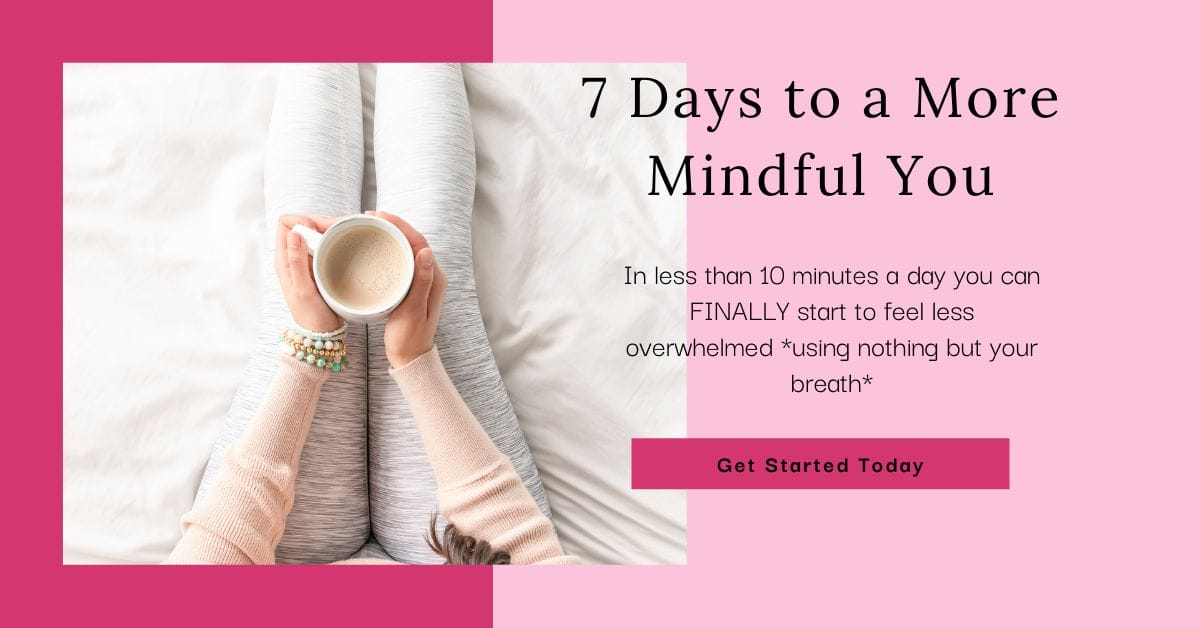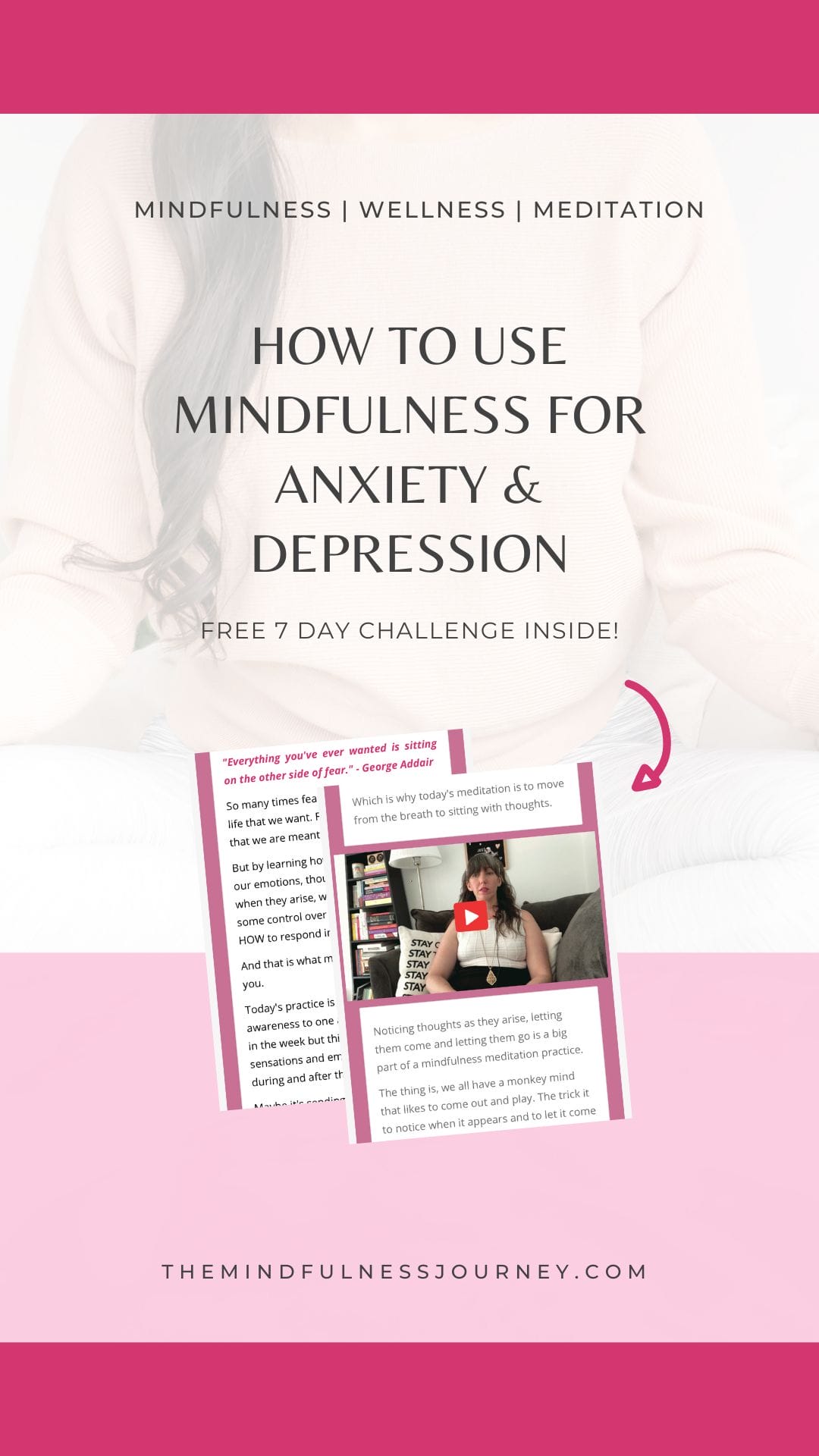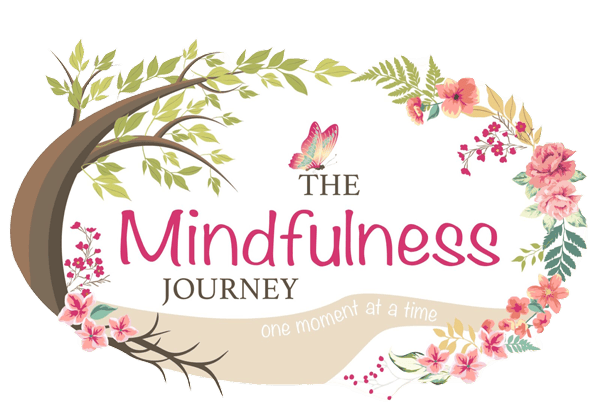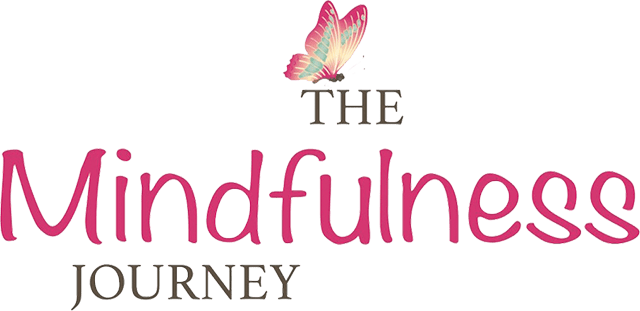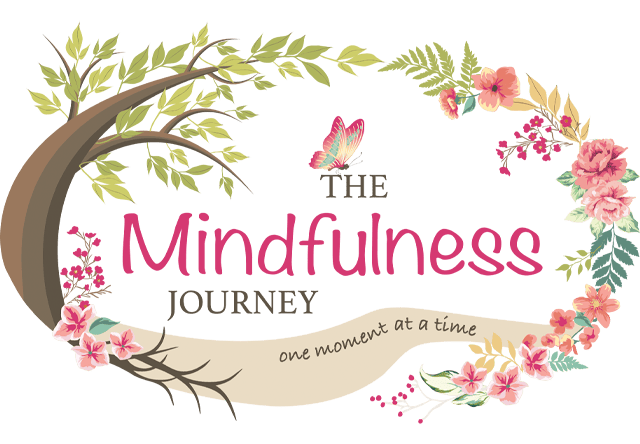
How to Use Mindfulness for Anxiety & Depression
Growing up, I always knew I was shy and had a hard time speaking to people. My anxiety around speaking to people was so normal for me that I didn’t even know I had anxiety until my accident.
In 2013 I was hit by a bus while crossing the street (on a green light) which left me with a traumatic brain injury and needing multiple (and I mean MULTIPLE) neurosurgeries. All of which also resulted in a diagnosis of anxiety, PTSD, panic attacks and Major Depressive Disorder (MDD).
I definitely knew that I had anxiety after my accident!
Part of my coping strategy, in addition to working with a social worker, was learning mindfulness. In particular the Mindfulness-Based Stress Reduction (MBSR) program.
Which was a game changer.
It’s not a joke or an understatement to say that this program changed my life.
Not only did it give me a new career as a teacher of mindfulness but it helped me learn how to work with my anxiety and depression. Instead of constantly fighting against it.
How, you ask?
Because mindfulness teaches us how to notice our thoughts and how to be in the present moment.
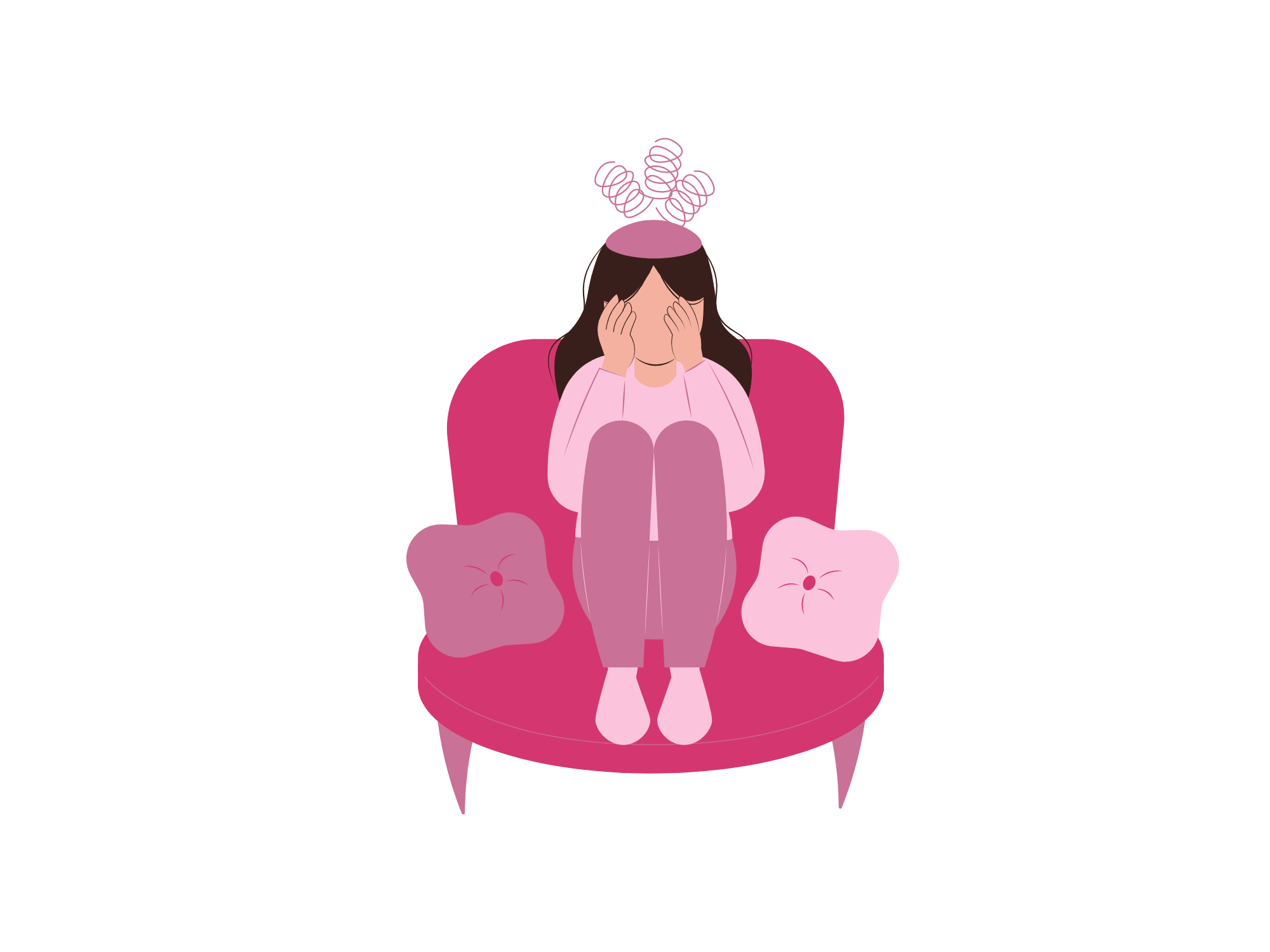
Being in the present moment helps because it decreases the amount of bandwidth to ruminate about past failures or to worry about possible future catastrophes.
Plus, focusing on the present moment creates space from our thoughts & feelings by changing our relationship to our thoughts by reducing self-judgements.
7 Day FREE Mindfulness Challenge
Learn how to be in the present moment in just 10 minutes a day!
Get Started TodayOur thoughts affect our emotions which show up in the body as sensations. They also affect our behaviour and how we respond to life through our reactions.
Learning how to notice my thoughts, that thoughts are just thoughts, and that they aren’t facts helped me learn how to get out of my head and into my life.
My mind was always my home. Being shy and anxious I spent a lot of my time alone with my thoughts. It felt like my safe place.
Until I started noticing my thoughts and how I talked to myself.
It was then I realized that my mind was actually a prison. One I voluntarily spent time in.
When I first started paying attention to my thoughts, I noticed just how judgemental and mean my thoughts were – to myself!
I was my own worst critic.
I worried all the time what other people might be thinking about me (might, because I’m not a mind reader so I actually don’t know).
I was so worried someone might think what I had to say was dumb that I often wouldn’t say anything.
Which just fed my anxiety.
Mindfulness helped me to realize something though….
Our thoughts feed our emotions which then affects what we say or do. Or don’t say or do in my case.
When we worry and overthink everything this affects SO many things.
As an entrepreneur, I’m constantly stepping outside my comfort zone. And nothing taps into fear better than stepping out of our comfort zone.
Raise your hand if you’ve ever talked yourself out of offering a product or service because you were worried about what other people would think? 🙋🏻♀️🙋🏻♀️🙋🏻♀️
This is what anxiety does though. It causes us to overthink EVERYTHING.
“what if I say this?” “what if I do that?” “Is this person going to make fun of me?” “Will I embarrass myself?” “Am I _____ enough?” or “I’m not ______ enough”.
Thoughts -> Emotions -> Sensations -> Actions.
I go into more about this in the short (less than 15 minute) video below.
CW: this video was filmed after my recent craniecotmy (I had a piece of my skull removed for infection) so it might be hard for some people to watch.
Little a anxieties can slowly turn into big A anxieties and worries about all the things that might happen in the future.
Ruminating on the things that happened in the past also keeps us stuck. It’s already happened and we can either learn from it or we can continue to repeat it.
It’s been said that anxious thinking is being caught up in the future while depressive thoughts are often stuck in the past. Mindfulness helps us with both because it brings us into this moment. And this moment is the only one that we can do anything about.
Inside my 7 Day Free challenge, I introduce you to mindfulness and how to start to work with your thoughts.
These practices are short & sweet and they are exactly what I use to help me with my anxiety and depression so I know that they will help you as well.
